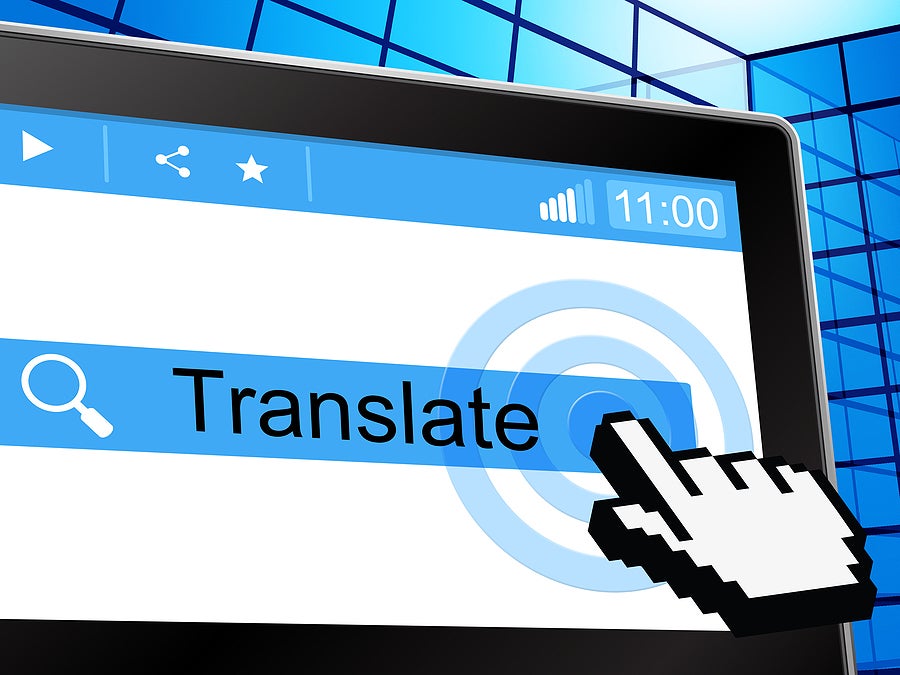This installment of our series about our outreach snapshot tackles the most challenging aspect of our research assessing the availability of language and accessibility supports on state websites. The wide variation and often confusing steps to access language assistance tools made capturing this section of the snapshot particularly difficult. We’ll dive in further here to shed some additional light on what exists now and ways states could make improvements but keep in mind that this scan only reflects those documents and tools that were easily accessed.
First, we examined how many language translations could be found on each Medicaid agency website. In one-third of the states (17), websites are only available in English. In states where translated website content is available, users generally access the available translations via a dropdown at the top or bottom of their homepage. The snapshot notes which states use Google Translate (GT) for their language translation – or at least those for which the GT interface or logo are present when using the dropdown. Most of these states use the full suite of languages available on GT, but others use a more limited set, like the 12 languages offered on Georgia Medicaid’s homepage. A few states make language translation difficult by requiring the user to download a widget to their toolbar, with instructions often in English. Since this is the main way that most Medicaid and CHIP agencies disseminate critical information about eligibility and enrollment, not having accessible language translation is a barrier for non-English speakers looking to find out if they are eligible and how to apply.
Similar to agency homepages, we took a look at the language translation options on online application portals. A large caveat to this is that we could only assess portal landing pages and were not able to determine if there are more languages available once logged in with an account. Only about half of states (26) provide language translations on their online portals, and those that do generally offer a significantly lower number of language options than for their agency webpages. Again, this is a major barrier to those applying for coverage.
We also looked at the number of languages into which states translate their downloadable Medicaid applications. While we could not find a translated application online for six states, the remaining states provide at least one additional language, almost always Spanish. Washington state provides their downloadable application in more languages than any other state, clocking in at 15 with languages including Laotian, Punajbi, Tigrigna, and Ukrainian. While most state agencies prefer online applications, paper applications sent via mail are a critical access point for those who don’t have computers, smartphones, or adequate internet connection.
Finally, states are required to provide oral language translation to people with limited English proficiency (LEP) when requested to assist them in enrolling, renewing, or using Medicaid benefits. Online evidence of these services typically takes the form of a webpage or PDF with a short statement that translation services are available if you call a state-provided phone number. There are easy-to-find instructions on how to receive language services on 32 state websites, offering an average of 16 languages. The remaining 19 states should make these federally mandated services easier to find and access by posting simple instructions on accessing oral interpretation on their websites, similar to the examples provided.
Language access is critical for those trying to apply for or manage Medicaid benefits, especially due to evidence indicating that Medicaid households have a disproportionate share of nonelderly adults with LEP. States can take steps to make Medicaid more accessible through website and portal translation, posting translated applications, and providing web-based statements about translation services.
You can find all of our blogs on state-provided outreach resources here.


